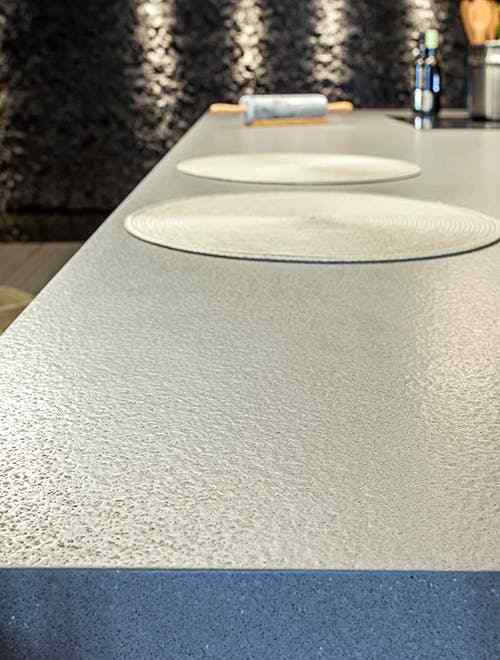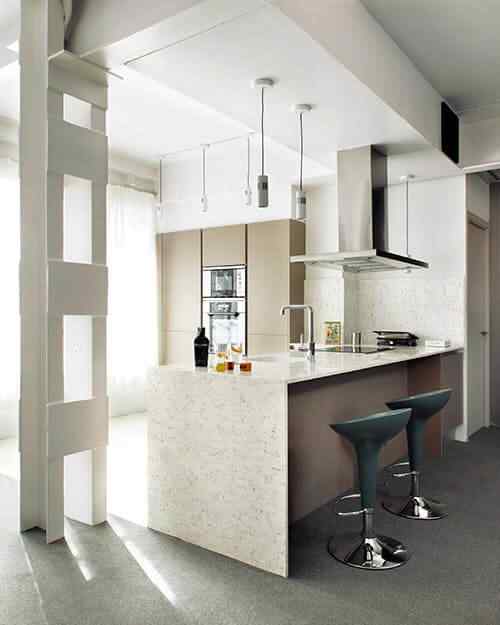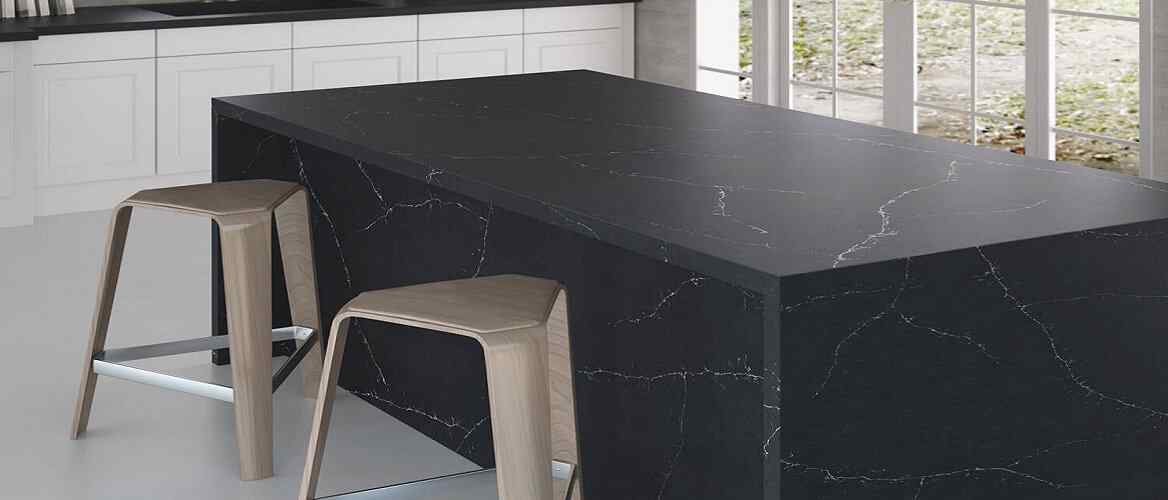Industrial style was born in the United States in the 1950s, and when people think of industrial interior design, most visualize exposed brick, beams, pipes, rafters, vintage accessories, and distressed finishes.
It is postulated that the industrial interior design we are mot familiar with came about over the course of a few hundred years originating back in the Industrial Revolution (1700s to 1800s) when buildings really started getting bigger. This led to the Machine Age in the 1920s when industrial design elements started appearing with art deco themes or other contemporary design ideas.
The 1950s was a time when many artists were deciding to convert old factories into housing because they wanted more well-lit space. Open, free-flow spaces were great to allow them to live and work in the same space. Sound familiar in our COVID, post-COVID world?
This loft-style living hass again become popular, and the optimal way to design the interior or decorate an open space in a commercial setting is with industrial stylings. Since the style is based on desaturated colors of exposed brick, beams, pipes, and rafters, it is a good idea to make sure you add color to clean, straight lines. We need to escape the greys of the 20-teens. Enough already! Color!
The industrial design style doesn’t have to be dramatic and can be incorporated with small furniture pieces made of some metal. Industrial design is also about exposed material… hanging string lights is a method of incorporating that idea, gray wallpaper that gives off the illusion of cement, etc.
Could Silestone fit Into the Industrial Design Style? Maybe




Use Commercial / Factory Material
When selecting the countertops, create contrast to avoid the perception of “cold”. Try a surface with a rough texture such as the old Volcano line from Silestone. If exposed brick and wood dominate your space, utilize the shine of Dekton. Another option could be a countertop with a natural stone look to fill a kitchen with warmth. There are also Silestone colors/textures that emulate marble, such as the new Eternal collection.
Open it Up for the Industrial Look
Show off those water pipes, gas lines, and electrical conduits because those elements present authenticity. You can also expose beams by removing the false ceiling. Whether these beams are made of wood or metal, the results can be spectacular. And based on the same concept of leaving nothing hidden, shelving can be left open with their contents exposed and readily available.
Find & Bring in Pieces with History
Office areas can include retro chairs but not always. The iconic Tolix, a classic of the industrial age that is an option even if it is over 80 years old. A wooden table with a recycled look can also fit in perfectly, along with a retro-style light fixture or even a classic chandelier with beautiful crystals for a luxurious touch.
Leave Windows Uncovered
Though we all want some privacy, it’s better not to. An option may be to use a screen with a metallic finish that does not break up the general aesthetic. Regular windows can function perfectly well, although the ones that really fit this style like a glove are those divided into small, black metal frames, which offer a look very similar to that of a warehouse.
Details for professional aesthetics
For the perfect final touch on your industrial-style kitchen you can install a high-pressure sink tap with a long, flexible, extendable spray hose for a professional appearance. Or add some strategically placed rails for hanging up cooking utensils or even some pots and pans.
